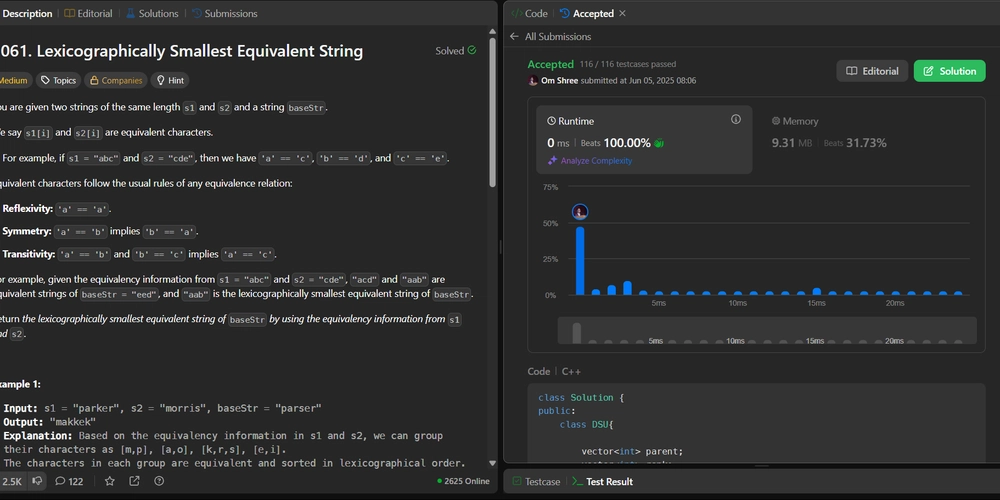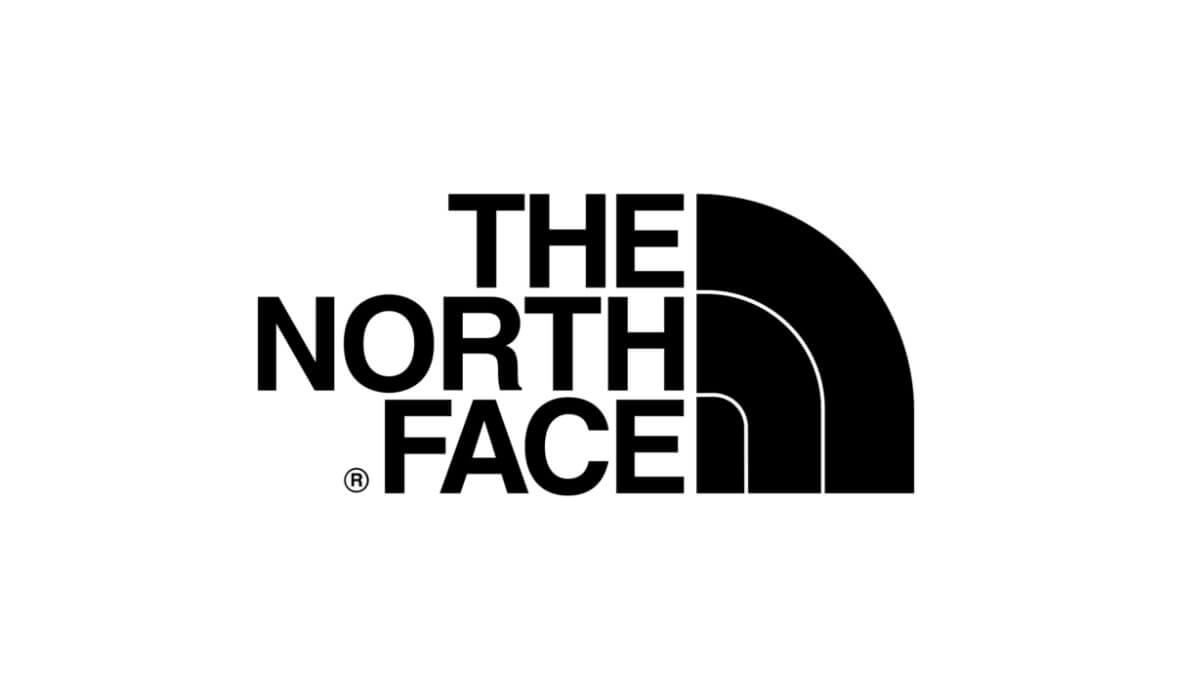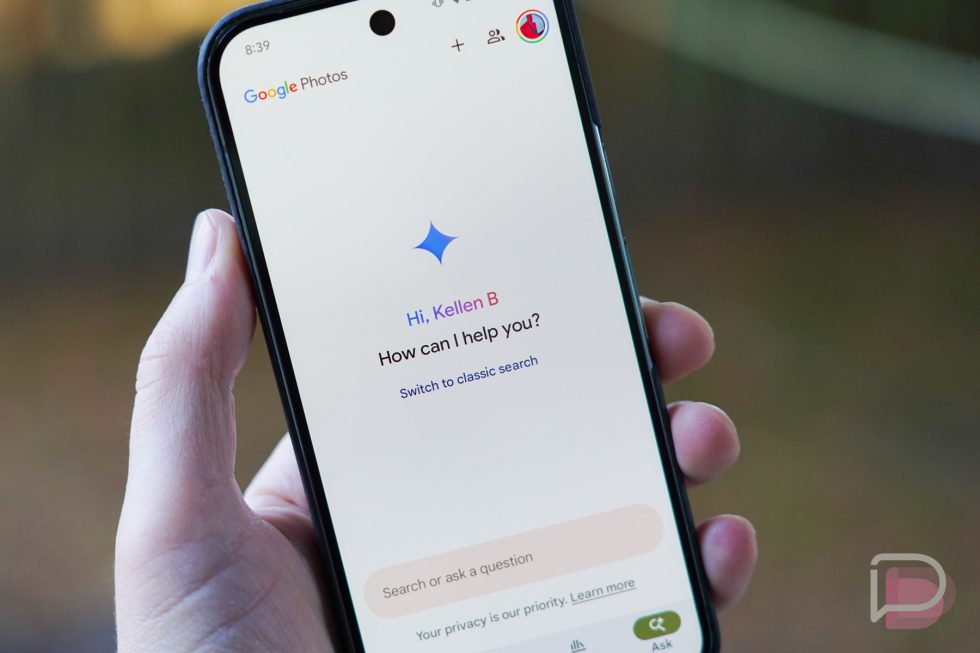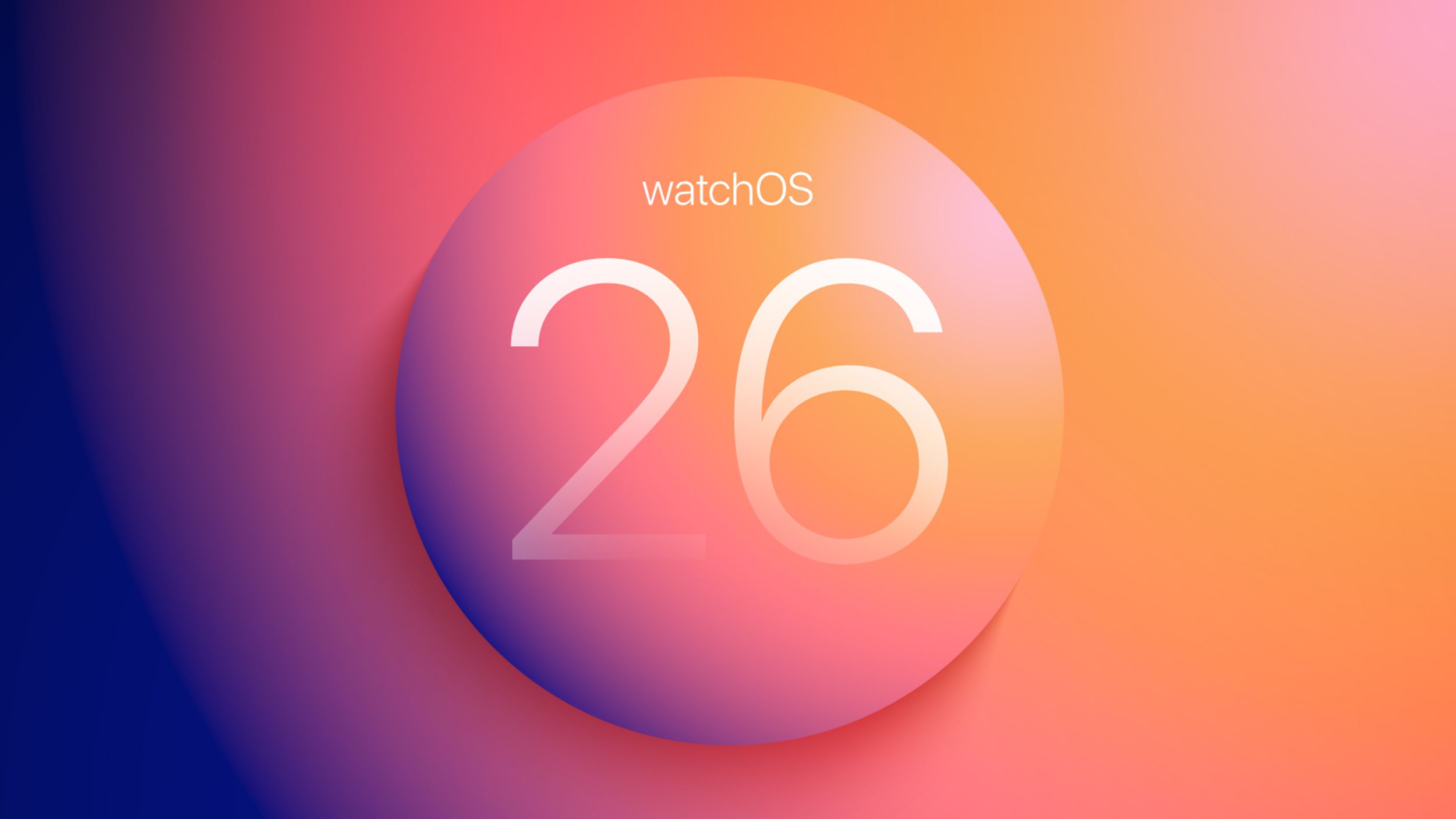Any AI Agent Can Talk. Few Can Be Trusted
The need for AI agents in healthcare is urgent. Across the industry, overworked teams are inundated with time-intensive tasks that hold up patient care. Clinicians are stretched thin, payer call centers are overwhelmed, and patients are left waiting for answers to immediate concerns. AI agents can help by filling profound gaps, extending the reach and […] The post Any AI Agent Can Talk. Few Can Be Trusted appeared first on Unite.AI.


The need for AI agents in healthcare is urgent. Across the industry, overworked teams are inundated with time-intensive tasks that hold up patient care. Clinicians are stretched thin, payer call centers are overwhelmed, and patients are left waiting for answers to immediate concerns.
AI agents can help by filling profound gaps, extending the reach and availability of clinical and administrative staff and reducing burnout of health staff and patients alike. But before we can do that, we need a strong basis for building trust in AI agents. That trust won’t come from a warm tone of voice or conversational fluency. It comes from engineering.
Even as interest in AI agents skyrockets and headlines trumpet the promise of agentic AI, healthcare leaders – accountable to their patients and communities – remain hesitant to deploy this technology at scale. Startups are touting agentic capabilities that range from automating mundane tasks like appointment scheduling to high-touch patient communication and care. Yet, most have yet to prove these engagements are safe.
Many of them never will.
The reality is, anyone can spin up a voice agent powered by a large language model (LLM), give it a compassionate tone, and script a conversation that sounds convincing. There are plenty of platforms like this hawking their agents in every industry. Their agents might look and sound different, but all of them behave the same – prone to hallucinations, unable to verify critical facts, and missing mechanisms that ensure accountability.
This approach – building an often too-thin wrapper around a foundational LLM – might work in industries like retail or hospitality, but will fail in healthcare. Foundational models are extraordinary tools, but they’re largely general-purpose; they weren’t trained specifically on clinical protocols, payer policies, or regulatory standards. Even the most eloquent agents built on these models can drift into hallucinatory territory, answering questions they shouldn’t, inventing facts, or failing to recognize when a human needs to be brought into the loop.
The consequences of these behaviors aren’t theoretical. They can confuse patients, interfere with care, and result in costly human rework. This isn’t an intelligence problem. It’s an infrastructure problem.
To operate safely, effectively, and reliably in healthcare, AI agents need to be more than just autonomous voices on the other end of the phone. They must be operated by systems engineered specifically for control, context, and accountability. From my experience building these systems, here’s what that looks like in practice.
Response control can render hallucinations non-existent
AI agents in healthcare can’t just generate plausible answers. They need to deliver the correct ones, every time. This requires a controllable “action space” – a mechanism that allows the AI to understand and facilitate natural conversation, but ensures every possible response is bounded by predefined, approved logic.
With response control parameters built in, agents can only reference verified protocols, pre-defined operating procedures, and regulatory standards. The model’s creativity is harnessed to guide interactions rather than improvise facts. This is how healthcare leaders can ensure the risk of hallucination is eliminated entirely – not by testing in a pilot or a single focus group, but by designing the risk out on the ground floor.
Specialized knowledge graphs can ensure trusted exchanges
The context of every healthcare conversation is deeply personal. Two people with type 2 diabetes might live in the same neighborhood and fit the same risk profile. Their eligibility for a specific medication will vary based on their medical history, their doctor’s treatment guideline, their insurance plan, and formulary rules.
AI agents not only need access to this context, but they need to be able to reason with it in real time. A specialized knowledge graph provides that capability. It’s a structured way of representing information from multiple trusted sources that allows agents to validate what they hear and ensure the information they give back is both accurate and personalized. Agents without this layer might sound informed, but they’re really just following rigid workflows and filling in the blanks.
Robust review systems can evaluate accuracy
A patient might hang up with an AI agent and feel satisfied, but the work for the agent is far from over. Healthcare organizations need assurance that the agent not only produced correct information, but understood and documented the interaction. That’s where automated post-processing systems come in.
A robust review system should evaluate each and every conversation with the same fine-tooth-comb level of scrutiny a human supervisor with all the time in the world would bring. It should be able to identify whether the response was accurate, ensure the right information was captured, and determine whether or not follow-up is required. If something isn’t right, the agent should be able to escalate to a human, but if everything checks out, the task can be checked off the to-do list with confidence.
Beyond these three foundational elements required to engineer trust, every agentic AI infrastructure needs a robust security and compliance framework that protects patient data and ensures agents operate within regulated bounds. That framework should include strict adherence to common industry standards like SOC 2 and HIPAA, but should also have processes built in for bias testing, protected health information redaction, and data retention.
These security safeguards don’t just check compliance boxes. They form the backbone of a trustworthy system that can ensure every interaction is managed at a level patients and providers expect.
The healthcare industry doesn’t need more AI hype. It needs reliable AI infrastructure. In the case of agentic AI, trust won’t be earned as much as it will be engineered.
The post Any AI Agent Can Talk. Few Can Be Trusted appeared first on Unite.AI.














































































































































































![[The AI Show Episode 151]: Anthropic CEO: AI Will Destroy 50% of Entry-Level Jobs, Veo 3’s Scary Lifelike Videos, Meta Aims to Fully Automate Ads & Perplexity’s Burning Cash](https://www.marketingaiinstitute.com/hubfs/ep%20151%20cover.png)


















































































































































































































































.png?width=1920&height=1920&fit=bounds&quality=70&format=jpg&auto=webp#)
















































































































![Epic Games: Apple’s attempt to pause App Store antitrust order fails [U]](https://i0.wp.com/9to5mac.com/wp-content/uploads/sites/6/2025/05/epic-games-app-store.jpg?resize=1200%2C628&quality=82&strip=all&ssl=1)




















![Apple AI Launch in China Delayed Amid Approval Roadblocks and Trade Tensions [Report]](https://www.iclarified.com/images/news/97500/97500/97500-640.jpg)






























![[UPDATED] New Android Trojan Can Fake Contacts to Scam You — Meet Crocodilus](https://www.androidheadlines.com/wp-content/uploads/2022/12/Android-malware-image-1.jpg)


















![T-Mobile may be misleading customers into spending more with new switch offer [UPDATED]](https://m-cdn.phonearena.com/images/article/171029-two/T-Mobile-may-be-misleading-customers-into-spending-more-with-new-switch-offer-UPDATED.jpg?#)

















